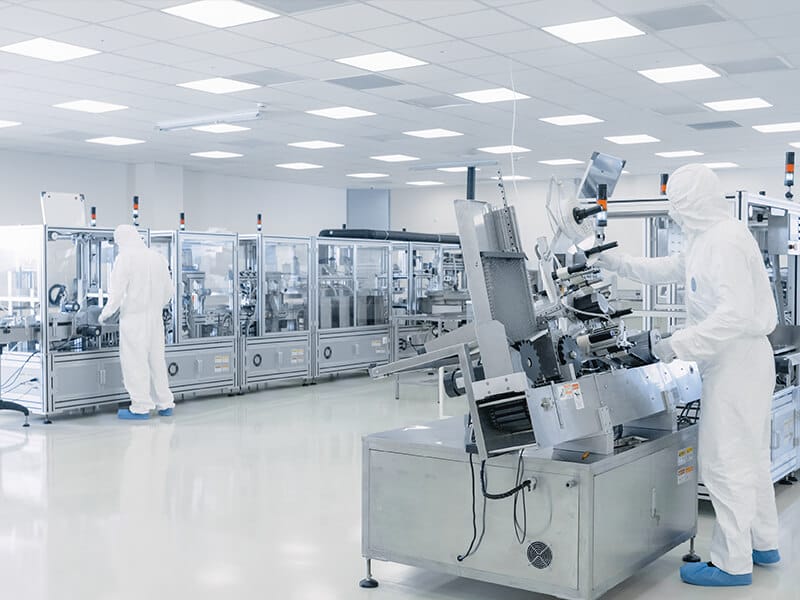
There are a wide variety of gases found within a pharmaceutical or medical laboratory. Many have no taste, colour or smell, which makes it difficult to tell if a gas leak is present. A gas leak from a cylinder or fixed pipe gas system poses a series risk that can cause a potentially fatal incident or hazard within a laboratory environment.
The pharmaceutical industry is one of the world’s fastest growing industries. Most of the sales revenue it generates is then reinvested in the area of research and development of new products. Research and development uses a wide range of speciality gases and equipment. Analytic instruments such as gas chromatographs, liquid chromatographs and spectrometers all rely on the appropriate level of gas delivery to operate effectively.
These pharmaceutical and medical gases are manufactured specifically for the medical, pharmaceutical manufacturing, and biotechnology industries. They are frequently used to synthesize, sterilize, or insulate processes or products which contribute to human health.
Pharmaceutical gases are also inhaled by patients in a technique known as gas therapy. Gases used for human healthcare are strictly controlled by both legislation and industrial standards so as to not impair human physiology.
Gases found within a laboratory
Helium
Helium (He) is a very light, odourless and tasteless gas. It is also one of the 6 noble gases (helium, neon, argon, krypton, xenon and radon), so called because they do not react with other elements and therefore cannot bond with other atoms to form complex compounds. This gives it a strong safety profile and a potential usage in multiple applications. Due to their unreactive status Helium is often used as a carrier gas in laboratories. Helium has many uses beyond its most common one to fill balloons and its role within the pharmaceutical and biotechnology sector is invaluable. It is most widely used in the laboratory in the cooling of magnets inside MRI machines however it is also used across a large range of medical areas including respiratory, cardiology, radiology and cryology functions.
Argon
Argon (Ar) is also a noble gas with non-reactive properties. In addition to its well-known use in neon lights it is also sometimes used in the medical and biotechnology sectors. It is the preferred inert gas for use within Schlenk lines and glove boxes in cases where nitrogen may react with reagents or apparatus and can also be uses is the carrier gas in gas chromatography and electrospray mass spectrometry. In pharmaceuticals and medicine it can also be used in packaging where nitrogen may conflict and also in cryosurgery and in lasers used for vascular welding and correcting eye defects.
Nitrogen
Although not a noble gas like Helium or Argon Nitrogen (N) is also commonly used in pharmaceutical industry due to is relatively non- reactive properties in many different processes and applications. Laboratories primarily to control the atmosphere for highly sensitive equipment and procedures. Nitrogen gas is applied to control oxygen levels, humidity, and temperature in lab equipment including cell incubators, dry boxes, glove boxes, and mass spectrometers.












